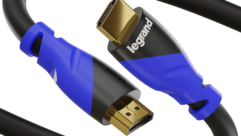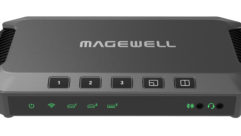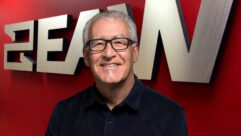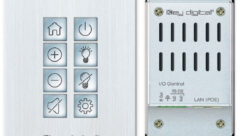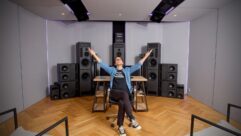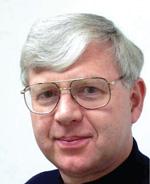

Q&A wioth Robert Schulein, RBS Consultants
Robert Schulein, president of RBS Consultants in Schaumburg, Ill., heads the Audio Engineering Society’s Technical Council and is chairman of the Hearing and Hearing Loss Prevention technical committee.
Schulein, president of RBS Consultants in Schaumburg, Ill., heads the Audio Engineering Society’s Technical Council and is chairman of the Hearing and Hearing Loss Prevention technical committee.
PRO AV: What is the AES Technical Council’s mission?
SCHULEIN: The Technical Council is like the chief technology officer of the society, fulfilling the need for us to stay current on all audio technology disciplines. We also interface with the Standards Committee to advise on industry standards. We have 22 technical committees that change as audio disciplines evolve. For example, over the last year and a half, members the High Resolution Audio, Network Audio Systems, and Studio Practices and Production committees began discussing the trend of consumers downloading high-quality audio from the Internet. As a result, the Electronic Distribution of Audio Signals group was formed.
PRO AV: What have been the major trends in 2008?
SCHULEIN: One major trend is content delivery technology. In contrast, audio technologies like transducers are more mature and showing less evolutionary change. But a major underlying trend is advances in perceptual audio coding. For example, MPEG-4 coding has been rolling out this year with satellite transmission of HD audio and video content. Imagine if the industry had not advanced beyond PCM-based CD audio, we wouldn’t have any type of consumer multichannel audio systems and HD television with digital audio. As we adopt newer and more efficient coding, transmission, and storage technology, the consumer electronics and entertainment industries are motivated to create new hardware and content.
PRO AV: How does information technology fit into the development of content and other audio technologies?
SCHULEIN:
In the mid-1990s, a 750MB hard drive was considered large and audio on the home computer was not common. Storage density and Internet transmission speed coupled with increased computer processing power are at the heart of current digital audio systems. IT advances helped the professional audio industry go from multitrack tape systems to nonlinear, computer-based multichannel recording and editing in a relatively short amount of time.
PRO AV: Curbing hearing loss has been a professional mission for you. What advances have been made?
SCHULEIN: There is no evidence that any particular audio coding technique affects hearing loss, but playing anything too loud for a long period of time can cause problems. Hearing loss is a complex issue. Both the National Institute for Occupational Safety and Health and the Occupational Safety and Health Administration have developed guidelines for listening based on an eight-hour exposure time, but there hasn’t been much out there for musicians and consumers to check decibel levels.
Hearing loss prevention is still an emerging technology and warrants more research and development. I recently helped develop the Sensaphonics dB Check in-ear sound analyzer, which [can] measure the A-weighted sound pressure levels in a performing artist’s ears. It shows the user the recommended safe exposure times for both NIOSH and OSHA guidelines. People can now literally have a “speedometer” for their ears.


